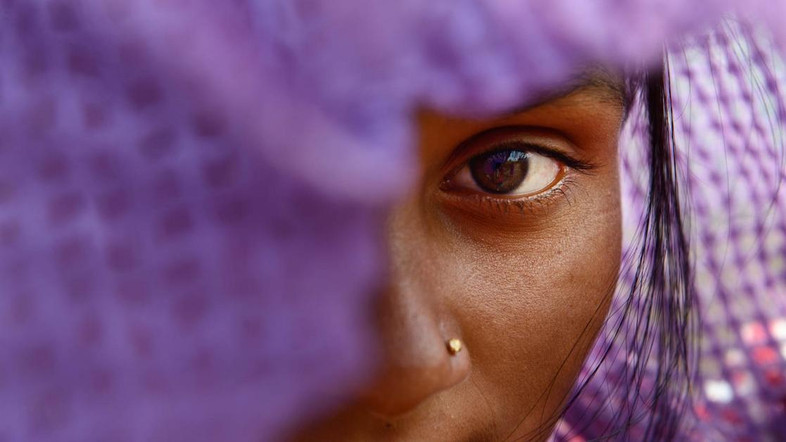|
Photographer shows life after rape in India

By Magdalena Mis Reuters, London Monday, 18 January 2016
When Smita Sharma began photographing survivors of rape in India in December 2014, the experience was so intense that she developed post traumatic stress disorder.
The condition worsened when Sharma’s cousin killed herself after being abused by a boyfriend.
“For months I would get nightmares and I would feel this anxiety, constant burning sensation in the stomach, which wouldn’t go,” Sharma said.
“It’s heartbreaking, it’s disturbing, sometimes I feel I can’t breath, it’s suffocating.”
The 35-year-old Indian photographer said the idea to make portraits of women and girls who were raped was born in part out of frustration about the way the media reported the crime, and in part out of curiosity about the lives of the survivors.
“It was all about ‘who, why, when, why’ but it was not about people who were actually affected by it the most,” Sharma told the Thomson Reuters Foundation by phone from India.
“Especially after the incident and the media craziness was over I used to wonder ‘do people go back to them to ask how they are they doing?’“
Shabina (20) at her house near Kolkata. Shabina was raped eight years ago by a man from her community. Her family and neighbors then forced her to marry him.
Sharma, who is a survivor of abuse herself, said the intention behind the project was to start a discussion about life after rape and to put faces to the stories.
“My idea was to show them as just you and me, as a normal human being,” Sharma said.
But sometimes the victims cannot be photographed - because they are dead.
“(One of them) was a 23-year-old girl, extremely good looking, working in an office,” Sharma said.
“Her mother took me to the place where her body was found, half-naked. It was found two days later and there were ants coming out of her mouth and eyes.”
Sharma said rape survivors and their families often face shame and ostracism which makes it difficult to forget about the crime and move on.
“It’s a crime, it’s a trauma that they go through, but they want to be invited to weddings, they want to go back to school, they want to get a job,” Sharma said.
“They don’t want to be reminded again and again that they were raped.”
Sharma, who so far has photographed more than 20 women and girls in four Indian states aged from five years old to 80, said she wanted to reach survivors across India, which she said was an expensive challenge.
|
Magdalena Mis, Al Arabyia, 18/01/2016
|
|
|
|
The Mary Initiative
A Bridge of Understanding
Operational, Safety, Security & First Aid Training for NGO's
|
|
|
|